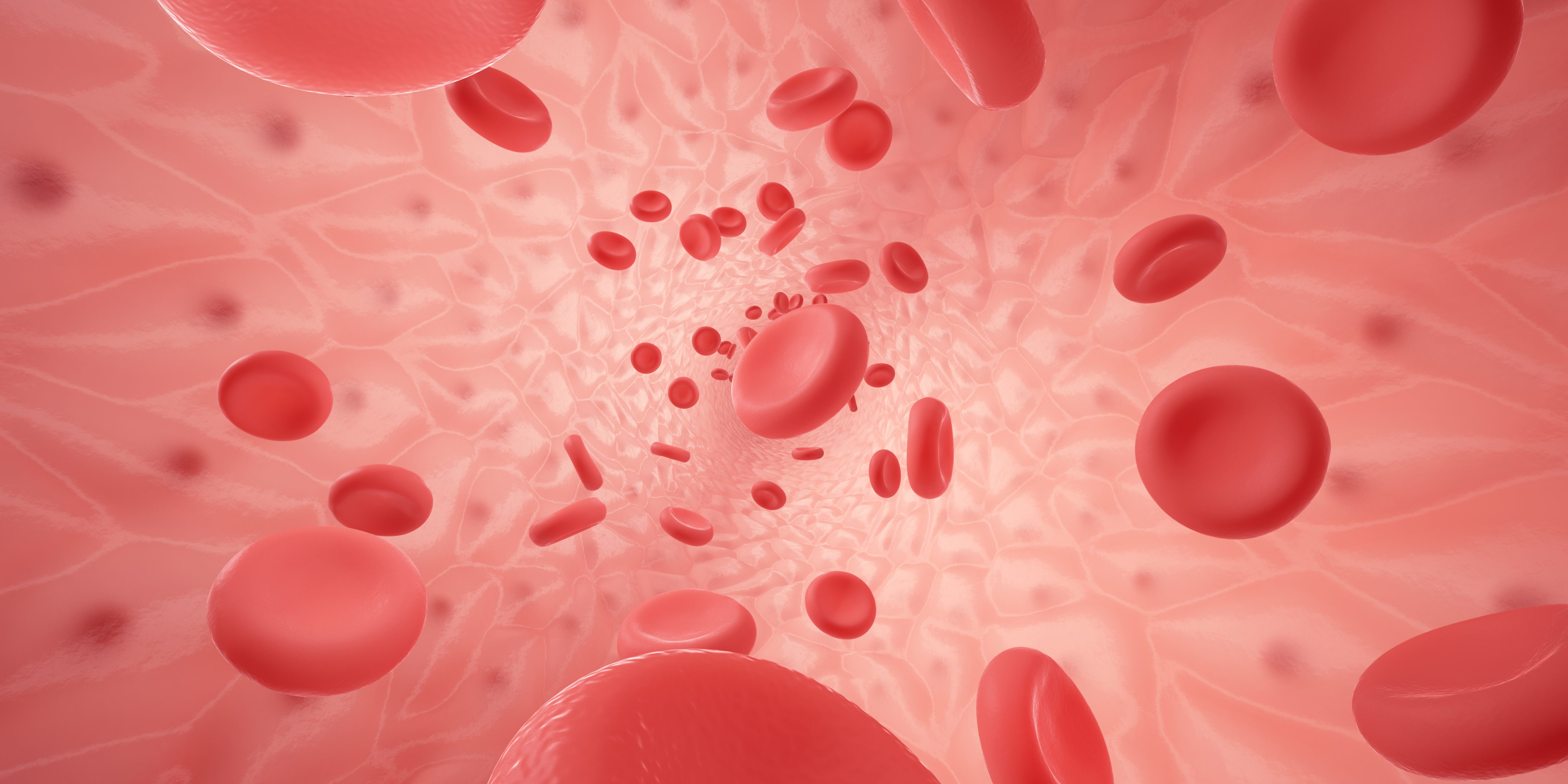Introduction
Blood is made up of different types of blood cells and they are produced in the bone marrow. These include red blood cells that carry oxygen, platelets that help in wound healing and stop bleeding, and white blood cells help to fight infections. The human produces around 100 billion white blood cells. White blood cells or leukocytes provide protection to the body by fighting against infection and foreign substances. The white blood cells are produced primarily in the bone marrow and once matured they further develop in five major types of white blood cells like neutrophils, lymphocytes, monocytes, eosinophil, and basophil.
In the body tissues and bloodstream, the white blood cells identify and destroy the foreign molecules and pathogens that can cause infection. Many disorders or diseases can cause the bone marrow to produce too few or too many white blood cells and some produce white blood cells that do not function well. An elevated level of white blood cell count or leukocytosis can indicate a range of problems in the body such as infection or a blood or bone marrow disorder.
What causes high white blood cell count?
When there is an infection in the body the bone marrow is stimulated to increase its activity and it begins to produce extra white blood cells to fight infection. The cause of elevated white blood cell count includes infection, abnormalities in the bone marrow, lung disease, alcohol intake, smoking, poor lifestyle, immune disorders, allergic reactions, and emotional stress. Another possible cause of elevated white blood cells is leukemia. Immune system disorders such as Crohn’s disease or Graves’s thyroiditis can also cause the body to increase white blood cell levels.
What causes low white blood cell count?
The causes of low white blood cell count includes problem in bone marrow due to chemotherapy and radiation, autoimmune disorders like lupus and rheumatoid arthritis, blood infection, HIV, consumption of antibiotics, malnutrition, alcohol abuse, and problem in spleen.
What are the symptoms of white blood cell disorder?
- Fatigue
- Rapid heartbeat
- Muscle weakness
- rouble breathing
- Sudden weight loss
- Tiredness
- Infections
- Feeling unwell
White Blood Cells Disorders
Any disorders in the white blood cells can affect the immune system response and affect the body’s ability to fight against infection. Following are the major type of blood disorders:
Leukemia or blood cancer
In this condition the white blood cells multiply inside the bone marrow. The condition can be acute or chronic.
Lymphoma
It is also a type of blood cancer that affects the lymphatic system and occurs when white blood cells grow out of control.
Myelodysplastic syndrome (MDS)
This condition affects the WBCs of the bone marrow and often leads to leukemia. In this disorder, the body produces immature cells called blasts and they increase their multiplication rate and crowd out the healthy and mature cells.
Leukopenia
A condition when there is a decrease in the number of white blood cells and makes one more susceptible to infection. It occurs when the production of white blood cells is disrupted and it can be caused due to infection, autoimmune disorders, congenital disorders, cancer, or by taking a certain type of medication. Medical treatments like chemotherapy and radiation therapy can also cause leukopenia. Anemia, headache, inflammation, and tiredness are some symptoms of this condition.
Leukocytosis
This occurs when too many white blood cells are produced by the body and this condition is often temporary and after a few days, the body will naturally adjust the levels to normal. Emotional stress, physical stress, anxiety, overexertion, and intake of certain medication can cause the elevation. Some of the common symptoms of leukocytosis include fever, fatigue, night sweat, enlarged liver, etc.
Chronic Granulomatous Disease (CGD)
This is an inherited immune system disorder and it occurs when phagocyte of WBCs that help to fight infection does not work properly. The phagocytes are not able to kill the germs or pathogens and further not able to protect the body from fungal and bacterial infections. The infection can affect the organs like lungs, skin, liver, lymph nodes, and intestines and small children often develop granulomas inflammatory tissues in response to chronic infections. Pneumonia, liver abscesses, bone infection, superficial skin infections, and fungal infections are some of the signs and symptoms of this infection.
Cyclic Neutropenia
It is a rare type of blood disorder in which there is the presence of low levels of neutrophils in the body. Neutrophils help to fight against infection by surrounding the bacteria that enter the body and this cyclic neutropenia can be inherited from parents or acquired through developed mutation. Fever, poor health, ulcers in the mouth are some of the symptoms of cyclic neutropenia.
A complete blood count (CBC) test can help to identify a wide range of blood disorders by detecting the abnormal levels of white blood cells, red blood cells, and platelets.
Trivitron’s offering
- Cellenium 21
- Cellenium Jr. 30
- Cellenium 380
- Cellenium 5D
- Cellenium 5D Retic

